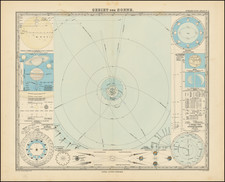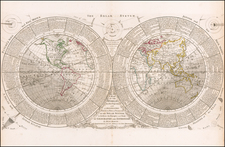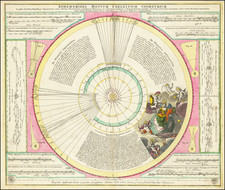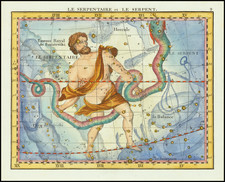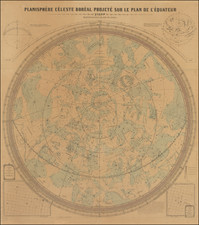The Second Appearance of Comet 12P/Pons-Brooks
Illustrated leaf from the Nuremberg Chronicle, illustrating the comet of 1457.
The text translates as follows:
A comet in the 15th degree of Cancer was seen rising in the month of January. Hence, in the year which they call 1457 AD, a comet appeared in the month of June, in the 20th degree of Pisces, and it was seen for a whole month, affecting the minds of people in various mortal ways.
Comet 12P/Pons-Brooks has been traced back to notable appearances in the years 1385 and 1457. Chinese historical records, specifically the "Ming Shilu," attest to its sighting in 1385, along with corroborative mentions in European chronicles. This comet's presence was further chronicled in January 1457 by the Italian astronomer Paolo dal Pozzo Toscanelli and is again acknowledged in Chinese accounts from the same period. Notably, during these manifestations, the comet exhibited a brightness that reached or exceeded a magnitude of 3. Moreover, there is a reference to an observation of a comet in September 245 CE in Chinese records that may pertain to this same comet, although these earlier sightings are less certain.
Comet 12P/Pons-Brooks has also sparked debate among modern astronomers regarding its potential appearances in other years. Researchers So-Yeon Park and Jong-Chul Chae have posited that this comet is documented in Asian records from the years 1313 and 1668. Other scholars have challenged the connection to the 1313 event, arguing that the comet would have been faint and proximate to the Sun, complicating its visibility. They also point out an inconsistency in the astronomical position; records place the comet in Gemini, which contrasts with the calculated trajectory that would place Pons-Brooks in Aries. Additionally, the 1668 sighting by Korean observers is likely related to a different, bright sungrazing comet that was also noted by European observers, with an orbital path distinctly different from that of 12P/Pons-Brooks.
Hartmann Schedel (1440-1514) was a physician, book collector, and writer whose most famous work, the Liber Chronicarum (Nuremberg Chronicle), included some of the first printed views of many cities in Europe and across the world.
Schedel was born and died in Nuremberg, but he also traveled for his education. From 1456 to 1463 he lived in Leipzig, where he attended the University of Leipzig and earned his MA. From there he went to Padua, where he earned a Doctor of Medicine in 1466. After university, he worked for a time in Nördlingen and then returned to Nuremberg. In 1482 he was elected a member of the Great Council of Nuremberg.
The Chronicle was published in 1493. Besides this major work, one of Schedel’s most enduring legacies is his magnificent manuscript and printed book collection, one of the largest of the fifteenth century. In 1552, Schedel's grandson, Melchior Schedel, sold about 370 manuscripts and 600 printed works from Hartmann Schedel's library to Johann Jakob Fugger. Fugger later sold his library to Duke Albert V of Bavaria in 1571. This library is now mostly preserved in the Bayerische Staasbibliothek in Munich.
Among the surviving portions of Schedel's library are the records for the publication of the Chronicle, including Schedel's contract with Anton Koberger for the publication of the work and the financing of the work by Sebald Schreyer and Sebastian Kammermeister, as well as the contracts with Wohlgemut and Pleydenwurff for the original artworks and engravings. The collection also includes original manuscript copies of the work in Latin and German.









![Ursa minor [The Little Dipper and Polaris]](https://storage.googleapis.com/raremaps/img/small/74396.jpg)
